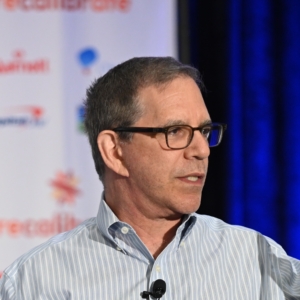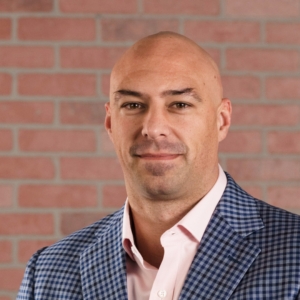Coaches Corner v.12.01.2022
The Learning Without Scars coach, Floyd Jerkins, is back with Coaches Corner v.12.01.2022: How to Handle An Argumentative Person on Your Team.
Building a team with diverse personalities requires a leader who can handle them. There will be days when you’d like to fire all of them and then others when you couldn’t be prouder. Let me share some tips and strategies to handle an argumentative person on your team so you create more days when you are excited to witness the team in action serving your customers.
Argumentative Dave or Sally
In building a team, there usually is at least one of them that can argue with you about most anything. And they can argue with other team members about most anything. This can be exhausting to work with but does not mean they don’t perform well in their role.
The first goal is to discuss the specific behaviors this person displays and the effect on other people. Be realistic about your expectations going into this conversation. You are not trying to change the person. You are trying to change the way they handle certain situations. As a leader, you have to set that expectation, or the employee will continue to do what they do. And over time, this type of behavior will grate on everyone they come in contact with. It can tear the team apart.
Explain the issue clearly and concisely. Let me know that the constant push back on every issue takes up a lot of time and energy. It is disruptive to the team. Encourage them that when they have questions, please let you know. You are always open to hearing the questions and coming up with progressive solutions, but you need them to stop being so aggressive and pushing or debating every item that comes around. Let them know you appreciate their passions and you want them to stay focused on the work at hand.
New Behaviors Need Reinforcement
Now, just because you say this in a coaching manner, the new behavior you’re expecting will need reinforcement a few times for it to stick. The first time this person gets out of line, you have to correct the behavior. You can’t let it slide, or you are reinforcing the old behaviors and will need to start all over again.
If their outburst happens in a meeting, immediately shut it down. Let them know that you’d like to talk about that in a one-to-one session so the group can stay on track. I think there is a difference between someone like this complaining or having a concern. Someone that is always complaining is the issue. If they express genuine concern and constructively, then it might be time to say, ok, you disagree with the solution; what other solutions do you think would be better for the company and the customer to consider? Essentially, start focusing on the solutions vs. rehashing the problems.
Repetitive Bad Behavior
A key in all this is that you want to make sure you are clearly and concisely stating the type of behavior you expect from this person and under what conditions. If these issues keep happening, then you have to become more formal in the exchange. The previous discussions can take place in the corner of a room, or by the break room, or most anywhere. The new discussion needs to take place in your office. You are at your desk, and the employee is sitting in front of you. The tone of the conversation needs to become firm, no joking around or anything like that. This is becoming serious, and you want to convey that.
Ask the employee if you have clearly communicated the new behavior you are expecting. Listen close to them, but don’t let them ramble to other subjects or other team members or get you off track. Repeat what you have stated previously and be clear about specific instances where you want to see them handle situations differently.
This whole meeting shouldn’t take more than 30 minutes or even less. Gain an agreement from them that they understand and will work on it. The first time you catch them doing it right, praise them because that’s the behavior you want them to adopt.
If the bad behavior persists, then give me a call. There are other steps to take, but it sounds like they are obstinate, and that’s another issue to contend with differently.
Be Careful About Consuming All Your Time with a Problem
The team members who are easy to get along with often go unnoticed. Make sure to recognize them because they normally shine with praise. Praising should be a natural thing to do from a leader’s perspective, but it isn’t.
Offer sincere appreciation for something they’ve done that aligns with your customer service expectations. Maybe they handled a difficult situation with grace and poise; point that out as why you share the compliment. Take care of the people who take care of the customer.








